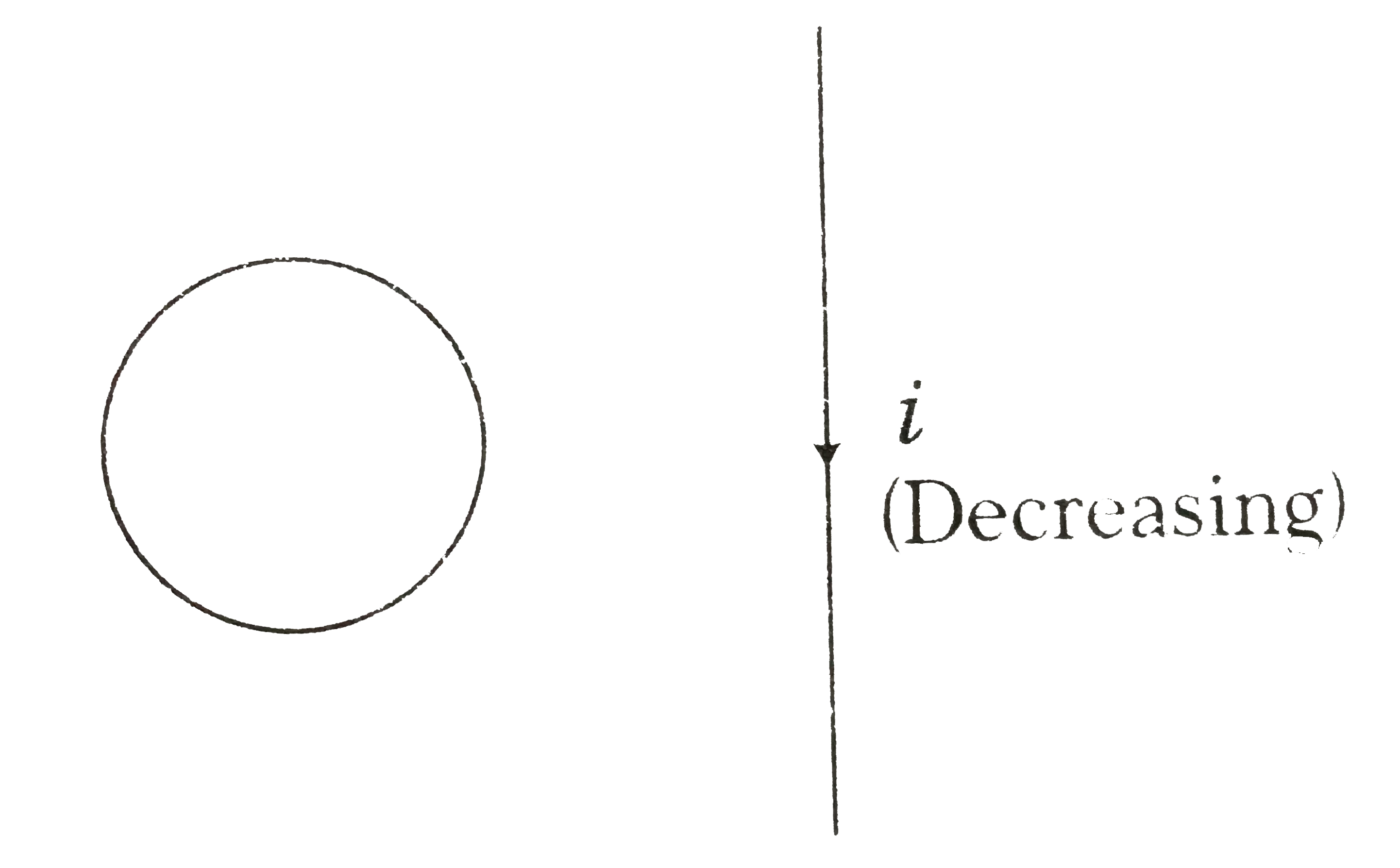The drift velocity of a current carrying conductor is v. What will be the drift velocity if the current flowing through the wire is doubled?
v/10
v/2
2v
10v
The correct Answer is:C
To solve the problem, we need to understand the relationship between current (I) and drift velocity (v_d) in a conductor. The relationship is given by the formula:
I=n⋅A⋅e⋅vd
Where:
- I is the current,
- n is the number of charge carriers per unit volume,
- A is the cross-sectional area of the conductor,
- e is the charge of an electron,
- vd is the drift velocity.
1. Understand the Initial Condition:
- We are given that the initial drift velocity is vd=v.
2. Current and Drift Velocity Relationship:
- According to the formula I=n⋅A⋅e⋅vd, we can see that the current I is directly proportional to the drift velocity vd when n, A, and e are constant.
3. Doubling the Current:
- If the current is doubled, we can express this as:
I′=2I
- Since I is proportional to vd, we can write:
I′=n⋅A⋅e⋅v′d
- Where v′d is the new drift velocity after the current is doubled.
4. Setting Up the Equation:
- From the proportional relationship, we have:
2I=n⋅A⋅e⋅v′d
- Substituting the initial current I=n⋅A⋅e⋅v:
2(n⋅A⋅e⋅v)=n⋅A⋅e⋅v′d
5. Simplifying the Equation:
- We can cancel n⋅A⋅e from both sides (assuming they are not zero):
2v=v′d
6. Conclusion:
- Therefore, if the current is doubled, the new drift velocity v′d becomes:
v′d=2v
Final Answer:
The drift velocity when the current is doubled will be 2v.
- I is the current,
- n is the number of charge carriers per unit volume,
- A is the cross-sectional area of the conductor,
- e is the charge of an electron,
- vd is the drift velocity.
- We are given that the initial drift velocity is vd=v.
- According to the formula I=n⋅A⋅e⋅vd, we can see that the current I is directly proportional to the drift velocity vd when n, A, and e are constant.
- If the current is doubled, we can express this as:
I′=2I
- Since I is proportional to vd, we can write:
I′=n⋅A⋅e⋅v′d
- Where v′d is the new drift velocity after the current is doubled.
- From the proportional relationship, we have:
2I=n⋅A⋅e⋅v′d
- Substituting the initial current I=n⋅A⋅e⋅v:
2(n⋅A⋅e⋅v)=n⋅A⋅e⋅v′d
- We can cancel n⋅A⋅e from both sides (assuming they are not zero):
2v=v′d
- Therefore, if the current is doubled, the new drift velocity v′d becomes:
v′d=2v
The drift velocity when the current is doubled will be 2v.
Similar Questions
The drift velocity does not depend upon
View SolutionA circular loop is placed near a current carrying conductor as shown in figure. Find the direction of induced current, if the current, in the wire is decreasing.

View SolutionDefine the term 'drift velocity' of electrons in a current carrying conductor. Obtain the relationship between the current density and the drift velocity of electrons.
View SolutionRelation Between Drift Velocity And Current
View SolutionThe magnetic field in a straight current carrying conductor wire is:
View SolutionThe drift velocity of free elecrons in a conductor is v, when a current i is flowing in it. If both the radius and current are doubled, then the drift velocity wil be
View SolutionThe drift velocity of free electrons in a conductor is v, when a current i is flowing in it, Ifboth the radius and current are doubled, then the drift velocity will be :
View SolutionWhen the current i is flowing through a conductor, the drift velocity is v . If 2i current is flowed through the same metal but having double the area of cross-section, then the drift velocity will be
View SolutionWhen the current i is flowing through a conductor, the drift velocity is v . If 2i current is flowed through the same metal but having double the area of cross-section, then the drift velocity will be
View SolutionWhen current is 4 A in a conductor the drift velocity is vd. When the current is 3 A the drift velocity will be
View Solution
